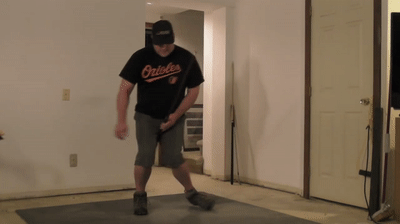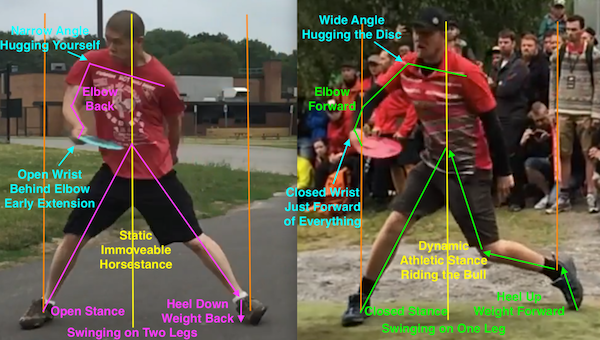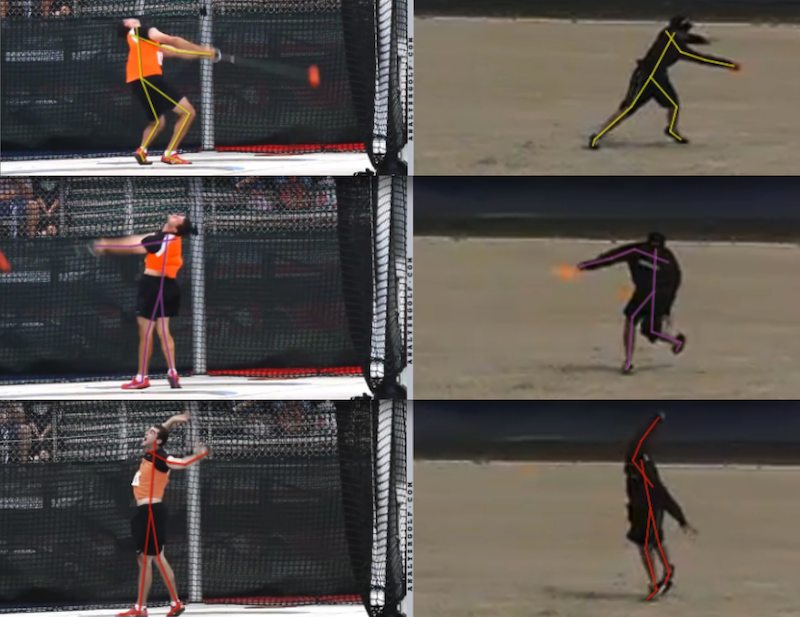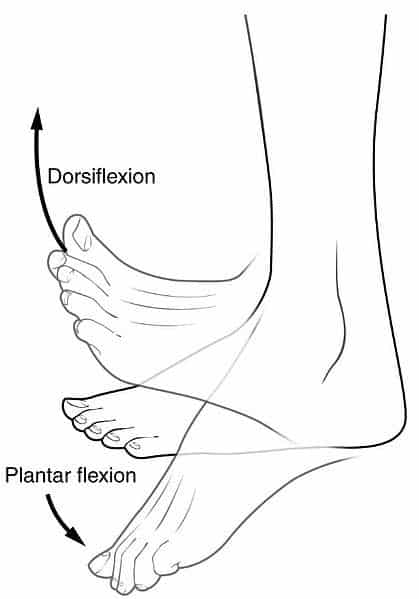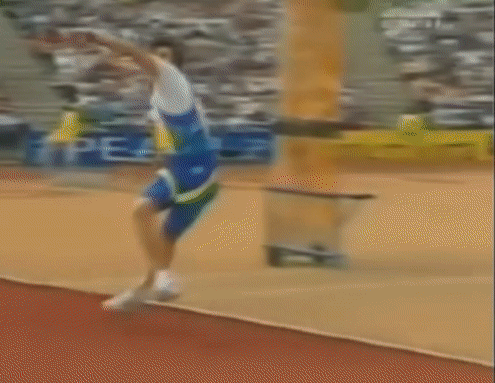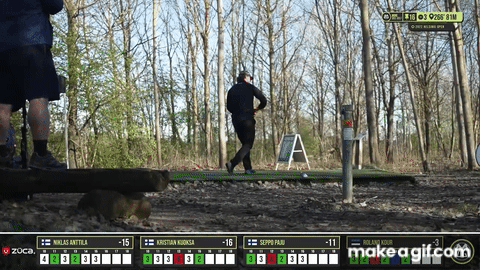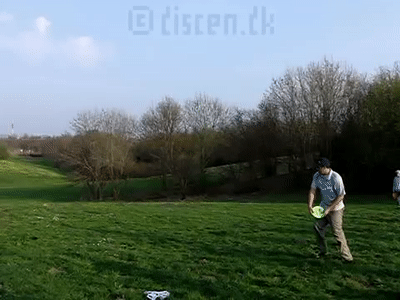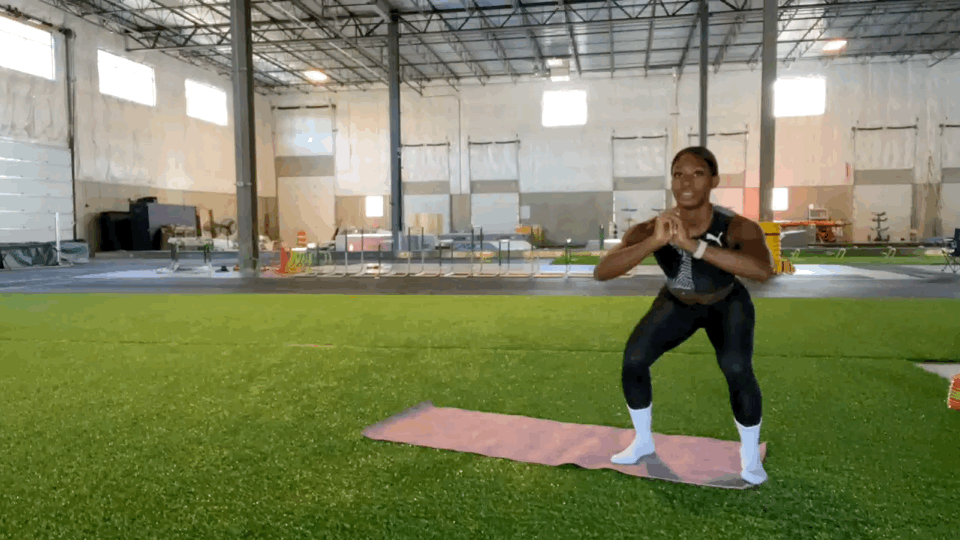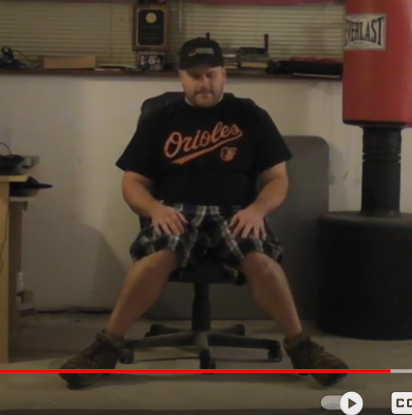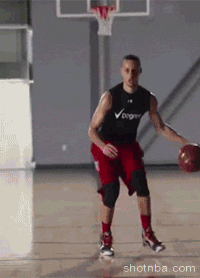- Joined
- Nov 2, 2008
- Messages
- 22,033
A pro case of getting stuck over the rubber?
I was looking for instances of "free-wheeling" form from pros earlier in their career. SW22 has gotten my eye to look out for getting "stuck over the rubber": losing momentum with weight trapped behind/over the drive leg and a less than ideal weight transfer. In my own journey I've gotten more interested in how bodies get hurt or compensate for form issues. I wondered if this is an interesting case.
Cale Leiviska is often mentioned to have smooth form ("Dr. Smooth"). I noticed a throw from 2012 where he has a knee brace on his drive leg, so I looked at his lower body mechanics. Correct me if I'm wrong, but it looks like he's "stuck over the rubber." If you go frame by frame, there's a bit of a heavy loading on his back leg that appears to transfer weight late into the plant. Attached a few screen grabs. Cale's leg is internally rotating while the ball of his drive foot is relatively flat on the ground, and it looks like his butt isn't quite as far ahead to lead the throw. At the plant, Paul has his weight fully transferred and his foot fully everted. You can also see that Cale's upper body is significantly rotated forward and toward his plant leg relative to Paul, which might be compensating for Cale's lagging lower body weight and how he follows through.
Cale's still throwing and he hasn't blown out that drive knee as far as I know. I might be seeing shadows, so I thought I'd mention this case study if more experienced eyes wanted to weigh in!
Vid sources:
2012
https://www.youtube.com/watch?v=Bh_O955VgBU&ab_channel=CentralCoastDiscGolf
2017
https://www.youtube.com/watch?v=Fpuu8DfGHOI&ab_channel=rdmnks
2020
https://www.reddit.com/r/discgolf/comments/hq87j0/slowmotion_form_check_featuring_james_conrad/
McBeth 2017
https://www.youtube.com/watch?v=AwYvav4xCR8&ab_channel=Michael
I don't think Cale is stuck. The tell tale sign is typically rising considerably during the throw.
